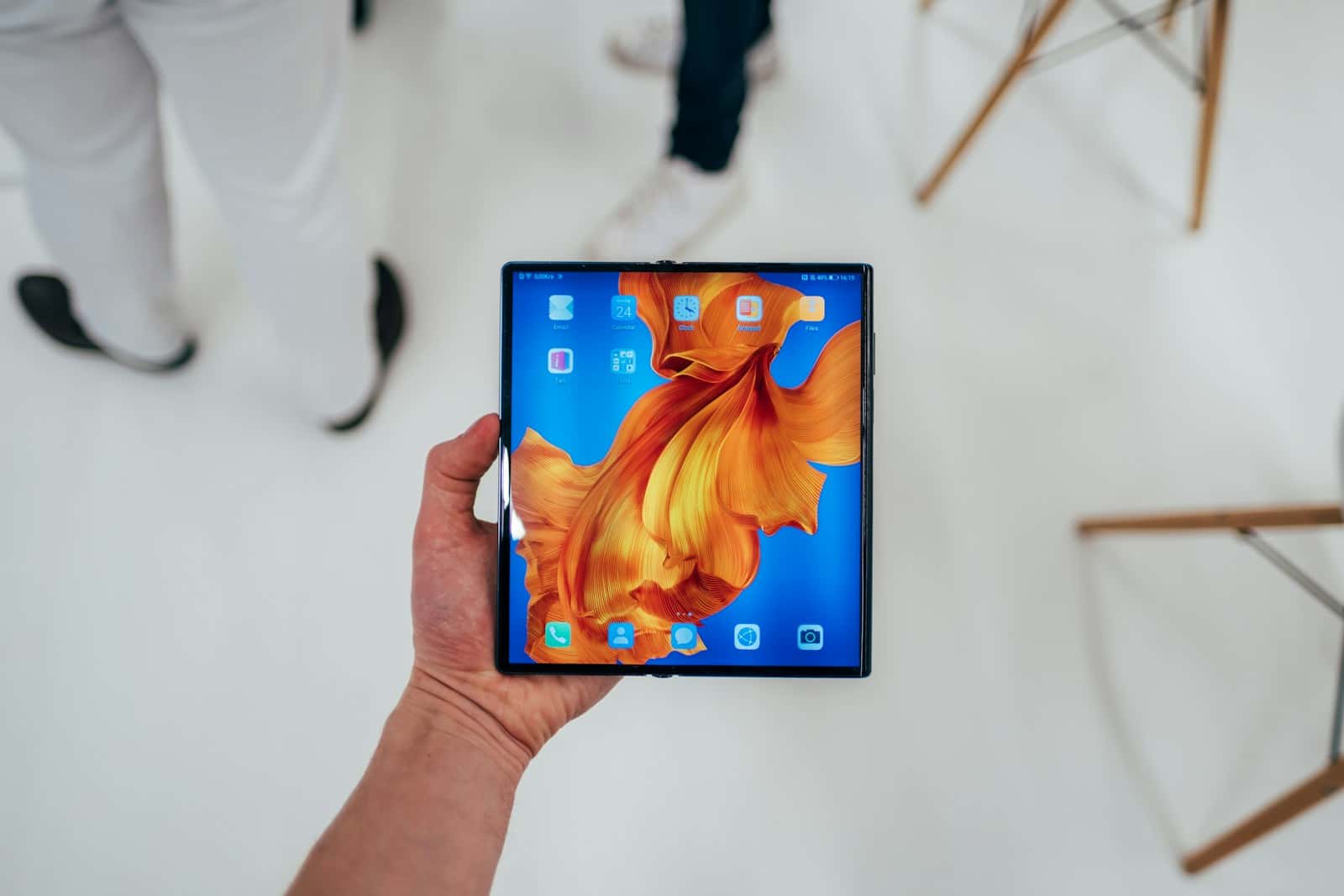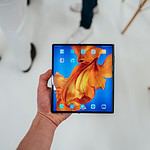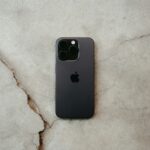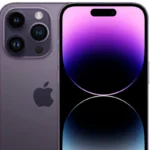Apple’s long-rumored foldable iPhone remains one of the most anticipated projects in the tech world — and after years of speculation, new reports suggest that Apple’s entry into the foldable space is inching closer. Recent developments reveal that Apple has been actively testing two distinct designs: a book-style foldable that opens like a small tablet, and a clamshell flip phone reminiscent of Samsung’s Galaxy Z Flip series.
True to its reputation, Apple is taking a measured, deliberate approach rather than racing competitors to market. This mirrors how the company handled earlier industry shifts like smartphones, tablets, and smartwatches — waiting until technology matures, then delivering a polished, consumer-ready product.
What Designs Are Being Tested?
Apple is reportedly exploring two major foldable formats:
- Book-Style Fold: Similar to the Samsung Galaxy Z Fold series, this concept would unfold into a larger display, around 7.8 inches, offering an iPad Mini-like experience in your pocket. It’s aimed at productivity and media consumption on the go.
- Clamshell Flip: Inspired by the flip phone nostalgia, this design would resemble a traditional iPhone but fold vertically into a compact form factor. It would prioritize portability and everyday usability while retaining the iconic iPhone aesthetics.
Interestingly, supply chain sources indicate that Apple may be leaning more heavily toward the book-style fold as the initial launch model. This larger form factor could better showcase Apple’s work on crease-free flexible displays, one of the biggest engineering hurdles in foldable tech.
Why Apple Is Taking Its Time
Despite Samsung, Motorola, Huawei, and others pushing several generations of foldables onto the market, Apple has stuck to a patient strategy. According to Bloomberg’s Mark Gurman and analyst Ming-Chi Kuo, Apple is focusing on overcoming key challenges that have plagued early foldables:
- Durability: Apple is reportedly developing new hinge systems using liquid metal alloys and advanced polymers to reduce mechanical wear and tear over time.
- Display Quality: Eliminating the noticeable crease along the fold is a top priority. Apple is said to be working with suppliers on next-generation flexible OLED panels that offer a smoother, uninterrupted screen experience.
- Software Optimization: iOS adaptations specific to foldable devices are under active development. Expect multitasking features, dynamic screen resizing, and special animations designed to make folding and unfolding intuitive rather than gimmicky.
Apple’s goal isn’t just to compete in the foldable market — it’s to redefine it by delivering a device that feels natural, durable, and fully integrated into the iOS ecosystem.
Expected Timeline and Pricing
Current forecasts suggest the foldable iPhone could launch in late 2026 or early 2027. Prototypes are already undergoing internal testing, but mass production timelines will ultimately depend on how fast Apple can meet its own quality standards — especially around durability and display performance.
As for pricing, analysts estimate that Apple’s foldable will be positioned as a luxury device, likely starting somewhere between $2,000 and $2,500. This would place it above even the iPhone Pro Max models and target a niche group of early adopters and tech enthusiasts, similar to the first wave of foldable device buyers for Samsung and Huawei.
How It Could Impact the Smartphone Market
If successful, Apple’s foldable could reignite mainstream interest in foldable devices. While early foldables have steadily improved, most have remained a niche product. Apple’s entry could bring greater consumer confidence, stronger app support for foldable form factors, and set new hardware and design benchmarks — just as the iPhone reshaped the smartphone landscape back in 2007.
Industry observers expect that even after launching a foldable iPhone, Apple will treat it as a complement to the regular iPhone lineup, not a replacement. Foldables will likely cater to users who want the best of both worlds: a compact phone and an expansive screen without carrying multiple devices.
In the meantime, excitement continues to build. Apple’s first foldable iPhone isn’t just a device rumor anymore — it’s becoming one of the next major chapters in the evolution of mobile technology.
Key Takeaways
- Apple tests both book-style and flip-style foldable iPhone designs
- The company prioritizes technology refinement over quick market entry
- Current development focuses on display technology and interface optimization
iPhone Fold Flip: Innovations and Market Impact
Apple’s entry into the foldable smartphone market represents a significant technological leap, with potential innovations in display technology, durability features, and software integration. The device aims to combine Apple’s design philosophy with emerging foldable screen capabilities.
Design and Display Technology
Apple has tested multiple designs for its foldable iPhone, including a clamshell format similar to the Samsung Galaxy Z Flip and a book-style design. Patent filings suggest work on crease-minimizing technology and an advanced hinge mechanism.
The display is expected to measure 8 inches when unfolded, featuring flexible OLED technology. Apple’s focus on screen quality may introduce improvements to prevent visible creasing issues that affect current foldable phones.
The company is exploring unique materials and coatings to enhance screen durability and reduce fingerprint visibility. The outer display will likely maintain iPhone-standard brightness and color accuracy.
Competitive Landscape and Patent Developments
Samsung currently leads the foldable market with its Galaxy Z series. The Galaxy Z Fold 6 and Flip series have set benchmarks for design and functionality.
Recent patent applications from Apple reveal:
- Advanced hinge mechanisms
- Self-healing display technology
- Novel folding configurations
- Scratch-resistant coating systems
Competition from Google’s Pixel Fold and Motorola’s Razr Plus has expanded consumer options. Samsung has reportedly reduced production of its foldable devices by 40%, suggesting market challenges.
Integrating with Apple’s Ecosystem and IOS Enhancements
iOS 18 is expected to introduce specific features for the foldable form factor. The software will optimize apps for both folded and unfolded states.
The device will support seamless integration with:
- Vision Pro
- Apple Pencil compatibility
- Continuous workflow between iPhone and iPad apps
- Enhanced multitasking capabilities
New APIs will help developers create adaptive interfaces for the folding display.
Expected Release Timeline and Rumors
Industry analysts Ming-Chi Kuo and Jeff Pu project a 2026 or 2027 release date for the iPhone Fold Flip. This timeline aligns with Apple’s careful product development approach.
The iPhone 17 series may introduce design elements that preview foldable features. Supply chain reports indicate ongoing prototyping phases.
Test production could begin in late 2025, with initial volume estimates ranging from 500,000 to 1 million units.
Advancements in Durability and Functionality
The device will feature reinforced glass and metal components to ensure longevity. Apple’s engineering focuses on minimizing mechanical wear on folding components.
Key durability features include:
- Water and dust resistance
- Improved hinge mechanism lifespan
- Scratch-resistant coating
- Enhanced drop protection
Battery capacity may be split between both sections of the device, potentially offering 24+ hours of use.
Frequently Asked Questions
Apple’s foldable phone plans have sparked intense interest among tech enthusiasts, with many speculating about its features, pricing, and market positioning.
When is the expected release date for the Apple foldable phone?
Apple aims to launch its first foldable devices in 2026. This timeline aligns with analyst Ming-Chi Kuo’s predictions of a potential announcement in 2025.
The company is currently testing two different foldable designs. Apple’s methodical approach to product development suggests they want to perfect the technology before release.
How much is the Apple flip phone projected to cost at launch?
The foldable iPhone will likely command a premium price point. Based on current market trends and Apple’s pricing strategy, experts predict a starting price between $1,499 and $1,999.
The higher cost reflects the advanced technology and Apple’s positioning in the premium segment.
What are the rumored features of the upcoming Apple foldable device?
The device may offer two distinct folding styles – a book-style format similar to the Galaxy Z Fold and a clamshell design like the Galaxy Z Flip.
The screen is expected to feature durable folding glass technology. Apple will likely integrate their latest processor, camera systems, and Face ID technology.
The design will emphasize durability, particularly in the screen and hinge mechanisms.
Will Apple’s foldable phone model be compatible with existing accessories?
The unique form factor will require new specialized accessories. Standard Lightning or USB-C cables should work for charging.
Some current iPhone cases and screen protectors won’t be compatible due to the folding design.
How will Apple’s foldable phone differ from other flip smartphones on the market?
Apple’s version will run iOS, providing seamless integration with other Apple devices and services. The build quality is expected to meet Apple’s premium standards.
The device will likely feature unique software optimizations for the folding display.
What warranty or support options may be available for Apple’s foldable phone?
AppleCare+ coverage will likely be available for the foldable iPhone. The cost may be higher than standard iPhone coverage due to the complex folding mechanism.
Apple Stores will provide repair services, though some repairs might require device replacement due to the integrated design.







